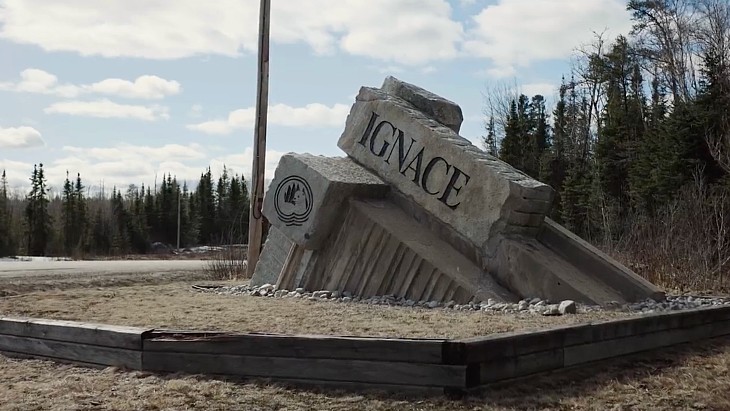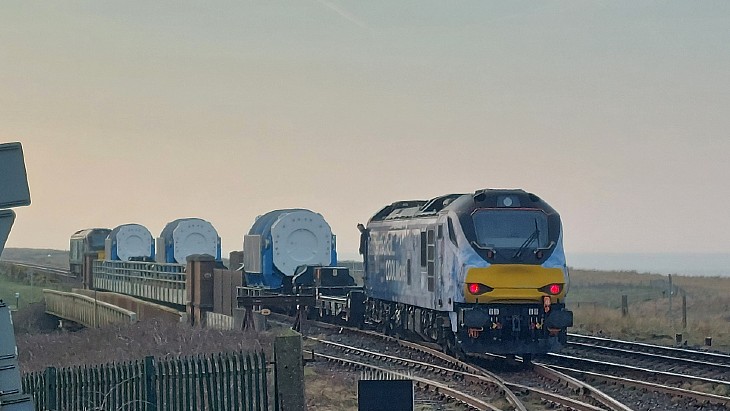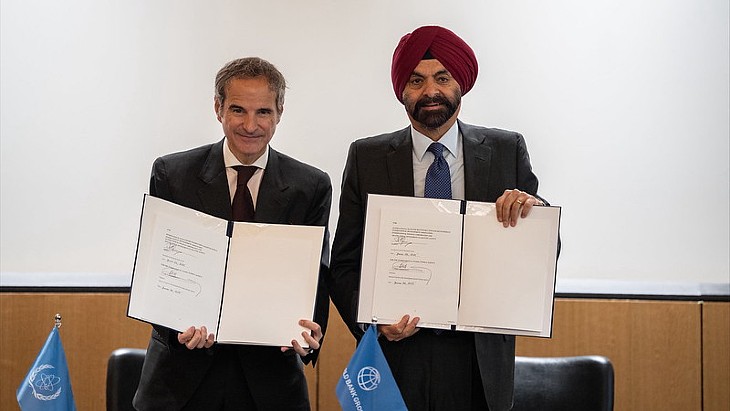NRG gets approval for near-term waste management plans
.jpg)
NRG submitted its plan of action for the Radioactive Waste Management Programme (RWMP) to the Authority for Nuclear Safety and Radiation Protection (ANVS) on 28 June this year. A supplement to this was submitted on 22 October.
The RWMP action plan concerns the processing and disposal of all radioactive waste on the Petten research site, including future operational waste and from the eventual dismantling of facilities and buildings. The plan also concerns the processing and disposal of the barrels of radioactive waste that are stored in the Waste Storage Facility at Petten and are part of its so-called historical waste.
Yesterday ANVS approved NRG's plan, subject to conditions and for a fixed period.
The regulator said it believes NRG can meet its obligations "to dispose of radioactive waste as quickly as reasonably possible" until 1 November 2022 by implementing its action plan and with the resources available in the RWMP. However, it added: "Based on the current action plan, it is not possible for the ANVS to establish that the quality of the facilities and the financial capacity of NRG are sufficient in the longer term to be able to continue the project safely."
ANVS therefore said NRG must submit a new version of the RWMP action plan for approval by 1 July 2022. NRG must also inform ANVS about changes in the project organisation via monthly reports. In addition, ANVS said NRG must inform it no later than 31 March 2020 about the way in which it will limit the consequences of the discrepancy between the anticipated number of high-level waste shipments and the receiving capacity at the Central Organisation for Radioactive Waste (Covra) facility in the Zeeland region of the Netherlands.
NRG's action plan previously approved by decree on 1 June 2017 now expires.
ANVS said there will now be a six-week period during which interested parties can submit objections to its decision to approve NRG's plan. This decision will take effect following this period.
The Low Flux Reactor (LFR) at Petten, with a power output of 30 kilowatts, began operating in 1960 and was mainly used for the production of neutrons for biological and physical research, as well as for training. It was permanently shut down in December 2010 and is being decommissioned.
The 45 MW High Flux Reactor (HFR), also at Petten, started in September 1960, since when its use has largely been shifted from nuclear materials testing to fundamental research and the production of medical radioisotopes. In 2006, it was converted from highly enriched uranium fuel to low-enriched uranium fuel. The reactor - operated by NRG on behalf of the European Union's Joint Research Centre - has for a long time supplied about 60% of Europe's and 30% of the world's supply of medical radioactive sources.
The Dutch government gave its approval in January 2012 for the construction of a replacement for the ageing HFR. The new 55 MWt reactor, known as Pallas, is expected to be operational in 2025.
_17992.jpg)
_75800.jpg)







..._58412.jpg)

